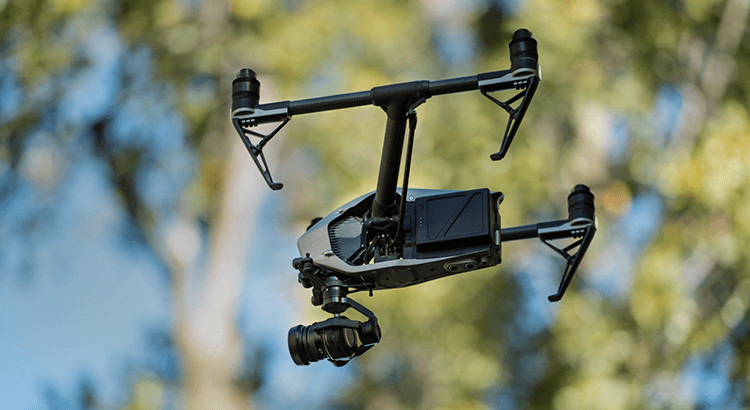Maybe you’ve just got a drone for Christmas or maybe you’ve been flying for a while. Either way, we’re all looking for some easy steps to take to improve our aerial photography and make the most of having an eye in the sky. Here are our five top tips for better drone photos.
Think about the time of day
One thing that many pilots don’t consider when planning a flight is the time of day. We’re not talking about day or night. We’re talking about the difference between morning, midday and afternoon, which is huge in the world of photography.
When it comes to light quality, the time of day you choose to fly at is going to have a significant impact. For example, first thing in the morning the light is going to be softer and create more contrast in your photos and videos. Colours will come across as more warm in the early morning and late afternoon because the sun will be lower in the sky. More often than not, this makes these particular times of day best for landscape photography and better drone photos in general.
Choosing a good time of day for aerial photography can help you blend shadow and texture into your shots.
Read more: Top Resources to Improve Your Aerial Photography
Obviously, the main impact that the time of day has on your photography will be the direction that the light is coming from. Aerial photographers wanting to make the most of the interplay between sun and landscape will have to take the direction of light into account. For a detailed view of what the light is doing at your chosen location at a chosen time, try using the iOS app Photopills or The Photographer’s Ephemeris on android.
Make the most of altitude
Your camera is attached to a drone, so you might as well make the most of it. Half of the fun of drone photography is capturing landscapes and objects from new angles and perspectives.
It goes without saying that the higher you are, the more landscape features you’ll be able to cram into your shots. Alternatively, a close-up from above can also offer a unique and engaging perspective. Better drone photos require a little experimentation, so vary your altitude and see how it goes.
Plan your shots and reap the rewards
We’ve already mentioned the importance of factoring in what the light conditions will be like for your aerial shoot. But while thinking about the time of day is vital, it’s also worth thinking about your flight plan and how the two will intertwine.
Having a flight plan in mind and (ideally) pre-programmed allows you to think about your subject and decide how best to capture it. You’re bound to get better results having pre-planned your routes and altitudes, so why wing it?
Shoot in RAW
What does that even mean? Well, RAW is a file format, just like JPEG or MP4. The difference is that it captures all of the image data recorded by your drone when you take a photo. Often shooting in a format like JPEG means that images are compressed and vital detail is lost. RAW allows you to produce higher quality images that you can then process afterwards, changing the subtle details that would be unrecoverable if shot in another format.
Post-processing
We’ve been through the importance of post-processing before. Often your photos and videos will require a bit of touching up to bring the best out of them, whether that’s editing the contrast, bracketing, cutting videos down to the highlights, or resizing, straightening and colour correcting images.
There are plenty of software packages you can use to bring out the best in your drone photography. Check out our separate post on post-processing and video editing tools.
Malek Murison is a freelance writer and editor with a passion for tech trends and innovation. He handles product reviews, major releases and keeps an eye on the enthusiast market for DroneLife.
Email Malek
Twitter:@malekmurison
Subscribe to DroneLife here.
